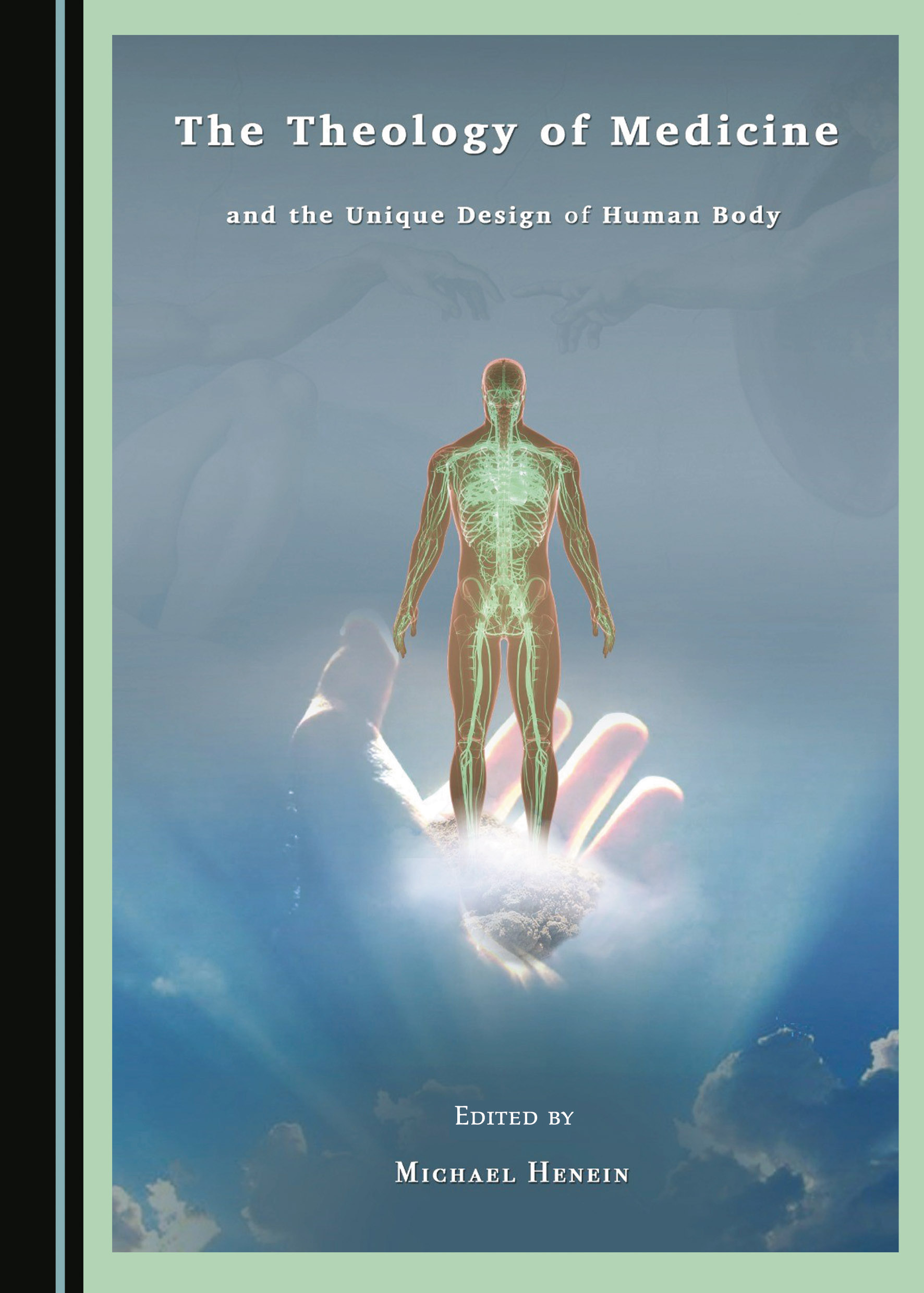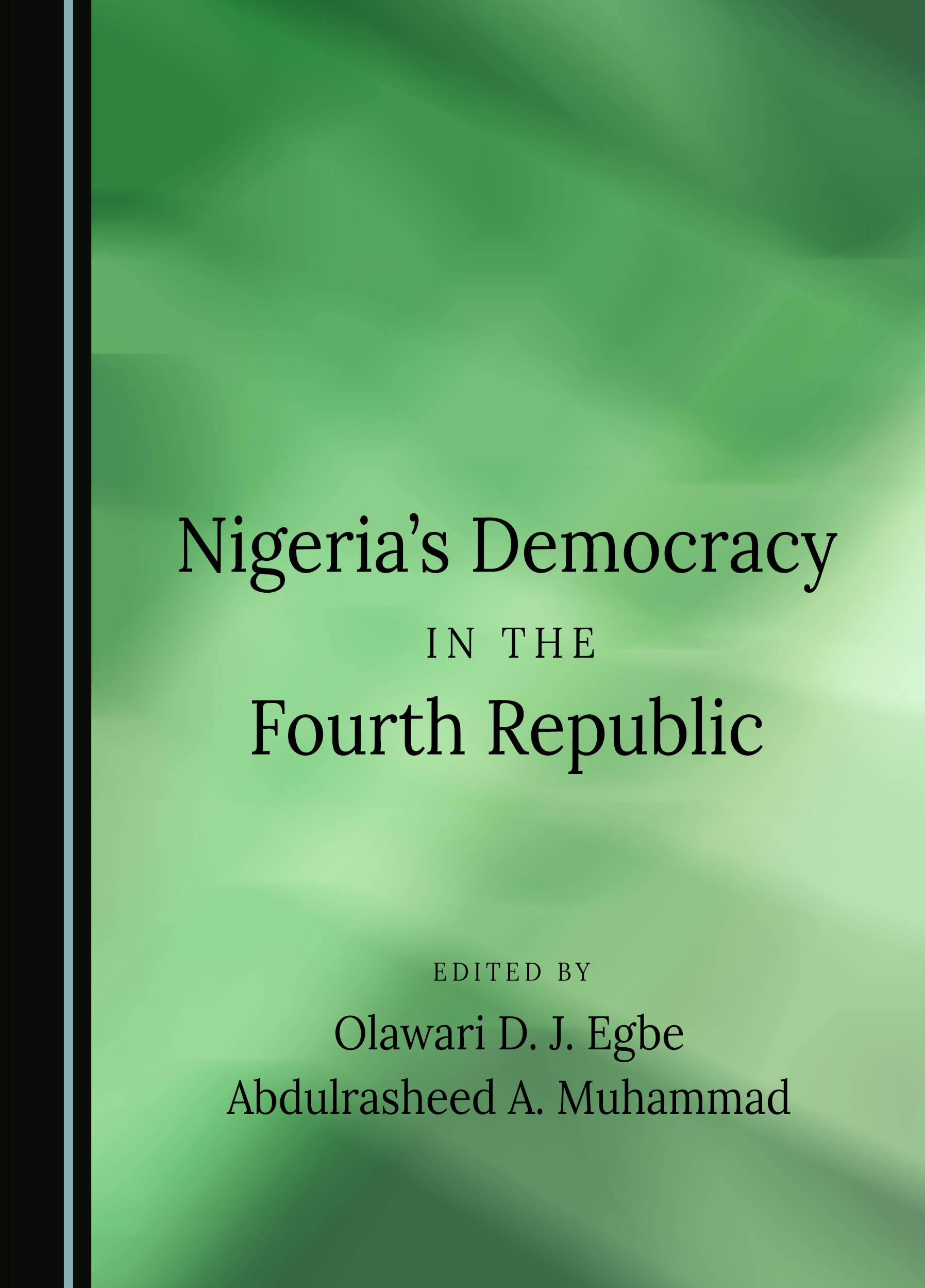Beyond the Skin: The Boundaries between Bodies and Technologies in an Unequal World
“We are our bodies”, “we have our bodies”, “we make our bodies”. This “three-headed” axiom has made the body the “parasite” of modern culture.
The individual that is fit for modernity was, and certainly still is, expected and encouraged to embrace its corporeal existence in order to find an answer to one of the most frequently asked questions in the modern Western world: “Who am I?” For those who live in Western societies, with a history of individualism, the temptation is to look inside oneself, to examine one’s thoughts and feelings, as if self-identity is a treasure locked inside.
The desire to change the skin one inhabits, to cite Almodòvar, has become “territorialized” in on-screen media, digital sites and social networks, shuffling the cards as if in an attempt to dance on the ruins of passing time. Everything is at play, everything is art. Madonna is like Michelangelo. Comic strips are like eight hundred page novels by Tolstoy. What is up for discussion is the advanced transformation of persons into spectators. The multiplication of screens creates a “visual party”. The definition of the boundaries between the social sensorium and today’s advanced technologies is the fundamental, and as yet unsolved, methodological problem arising from the contemporary “spatial turn” that is coming to maturity thanks to the re-orientation of the classical digital paradigm.
“Reclaiming the social throughout embodied practices” (Greenwood, 1994) is basically the ultimate objective of this book. The thinking, feeling and acting body will figure as prominently as the mind, cognition, and rationality in combining the framework of the research and the methodology underpinning its development. The body is, indeed, the origin of humans’ most individual experiences and actions, since it is the point of application of the tuning and calibration of the senses and the general training of social skills. The notion of “body in action in context” is, consequently, the methodological proposal that Beyond the Skin: The Boundaries between Bodies and Technologies in an Unequal World offers to sociology, in order to surpass the “new alliance” between human senses and the new media, an alliance staged by bodies moving faster than thought across the maps of contemporary mobile spaces.
Bianca Maria Pirani is Professor of Sociology of Cultural Networks at the Department of Social Sciences, Faculty of Political Sciences, Communication, and Sociology at “Sapienza” University of Rome, and is President and Program Coordinator of the Research Committee 54 “The Body in the Social Sciences” of the International Sociological Association. She has published widely on the ever-increasing insights into the relations between human bodies and social knowledge as the editor and the author of numerous publications, including The New Boundaries between Bodies and Technologies; Acting Bodies and Social Networks; Learning from Memory: Body, Memory and Technology in a Globalizing World; and Body and Time: Bodily Rhythms and Social Synchronism in the Digital Media Society.
“In her aim to nurture the nascence of current work on the body as actant within contemporary technologically revised environments, Bianca Maria Pirani has embarked on a multi-disciplinary journey. In this book she calls on classical theory, looking to heavy weights such as Freud and Levi-Strauss, to join with contemporary neuroscience, technology, and sociology as the basis for provoking new thinking at every turn of her narrative. In light of digital ubiquity and contemporary analyses of the corporeal human, Pirani posits a view of spatial environments which requires us to rethink the body as a repository of motor learning and memory in action. Her work makes a major contribution to the scholarship on activated embodiment and provides a jumping off point for new work to clarify and refine.”
—Elizabeth DePoy and Stephen Gilson
“Bianca Maria Pirani has done it again! Her new book is a tour de force in the exploration of the relationship between evolution, cultural anthropology and sociology. It is original, thought-provoking, beautifully written, and full of unique insights into how the past blends with the future in the journey that is human civilization.”
—Elkhonon Goldberg, author of The Executive Brain, The Wisdom Paradox, and The New Executive Brain
“This book offers a much welcome critical and nuanced account of the recent advances in one of the most important fields of social research: the relationships between the human body and new technologies. It analyses an impressive breadth of issues in a quite refreshing and creative way. Recent findings have shown that the evolution of our species has been much more complicated than most scholars still think. Moreover, the recent developments in technology have exerted a deep influence on the human body and its use as well as on the consciousness of having a body. In this fascinating book, Bianca Maria Pirani outlines a real anthropology of the future: a future that has already begun. She shows how biology and technology tend to merge in human bodies, and dwells upon the surprising consequences of this process, especially as for the technologies that are already integrated into everyday social life. This is a must-read for anyone who seeks a deeper understanding of this emerging process, still hardly explored by both biologists and sociologists.”
—Umberto Melotti, Schweizerische Akademie für Entwicklung (SAD), Biel/Bienne, and Istituto di Studi e Indagini Sociologiche (ISIS), Società Umanitaria, Milan
Buy This Book























